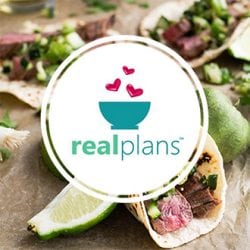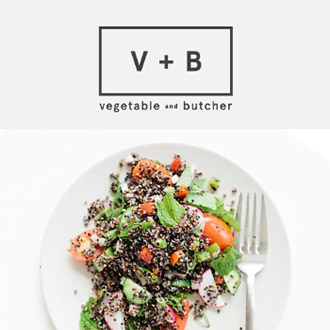In case you just want the higher points, here are the contents of this entry:
- An infuriating story that briefly describes a major problem with our priorities in this blessed country
- A quick bio lesson about how your body uses cholesterol so you can impress your friends (when that hot topic comes up at the next dinner party)
- A yummy recipe to enjoy and feel good about eating
Infuriating Anecdote time:
A middle aged man came into the outpatient clinic to get nutrition
counseling for his high cholesterol. He had forgotten the form with
his lab work, and couldn’t remember the exact number, just that it was
elevated. “I have 6 bank accounts, and I could tell you to the penny
how much is in each one of them,” he said with pride. “But I couldn’t
tell you what the number on the sheet was – I don’t think I even
looked!” he laughed.
(Gasp!)
Let’s look beyond the fact that this guy didn’t bring paperwork to an
appointment set up JUST to discuss the results. Everyone is forgetful
sometimes. But memorizing how much money you have and not even caring
enough to look at your own health information? A question to
consider: what exactly does he think he’ll be spending his money on if
his health fails? Or DOING to enjoy his money if he’s too sick, or too
dead, to spend it? It seems that his money was closer to his heart than the actual wellbeing OF his heart, since having high cholesterol puts you at higher risk of heart disease.
(Ghandi said, “it is health that is the real wealth, not pieces of gold and silver.”)
The Inspirational Conclusion
Luckily, the man was open and ready to make some changes, which is the
best kind of client to have, and fascinated to learn about how what
you eat can change those dire numbers on the page…whatever they
happened to be. Here’s what I explained to him.
The Awesome Bio Lesson
Your body has two sources of cholesterol – what you eat and what it
makes. In fact, 80% of your cholesterol is likely a result of your
body manufacturing it, and the other 20% comes from animal products
(meat, milk, eggs, etc). BUT you can influence how much your body
keeps by eating the right foods – namely, foods high in fiber, like
fruits, vegetables, whole grains, beans, and nuts.
See, your body makes cholesterol as a building block for hormones,
vitamin D, and bile. When you eat, especially protein and fat
sources, bile is secreted to help break down the food. As the
calories are absorbed, your body can re-absorb the bile and recycle it
– UNLESS it gets caught in some soluble fiber that you ate along with
the fat and protein. Fiber is carbohydrate that the body can’t
digest, so it tends to move through your intestines and out the other
end (if you catch my flow, pardon the pun) – and it can attach to
bile, and take it along for the ride to the toilet (there, was that
direct enough?). Which, of course, forces your body to make more bile
with the cholesterol it has and keep the whole cycle going. (What
else keeps the cycle going? EXERCISE. Get movin’.)
So, what has this entry come to help you realize? Hopefully a few things…namely:
1. If you have NO IDEA what your cholesterol is, it’s time for a
physical and some blood work. EVEN and ESPECIALLY if you’re healthy –
you want a benchmark.
2. What will make you happier in the long run, a pile of money or
feeling healthy and vibrant, with all the potential in the world?
Probably both, but having the latter can get you the former. Give your heart some LOVE!
3. Eat a high-fiber diet. Recommendations say 25g for women and ~35g
for men. Almost no one eats that amount – keep track for a day and
you’ll see. Oh, and be physically active – at least 30 minutes a day!
Nutty Quinoa Pilaf
Ingredients:
- 1/2 c red lentils
- 1/2 c green lentils
- 1 c quinoa
- 1/2 c slivered or chopped almonds
- 1/3 c dried cranberries
- juice from 1 lemon
- salt & pepper
Directions:
In 3 separate pots, boil 2c of water for each of the grains. Add the red & green lentils and quinoa to each (you can combine all in 1 pot, but this causes discoloration and look very grey when finished) and reduce to simmer for 15-20 minutes, until tender. Drain the lentils; the quinoa will absorb all the water. Combine all in one bowl; dress with lemon juice, salt, and pepper. Fold in the cranberries and almonds. Enjoy as a side in place of rice!
Makes ~6 servings, approximately 3/4 c each: 306 cal, 15g protein, 45g carbohydrate, 8g fat, 13.5g fiber












Any recipe post that successfully works the concept of elimination habits in, is a huge win! Thanks for joining us this month. The recipe sounds delish too!
Thank YOU! Bonus: it’s good warm or cold!